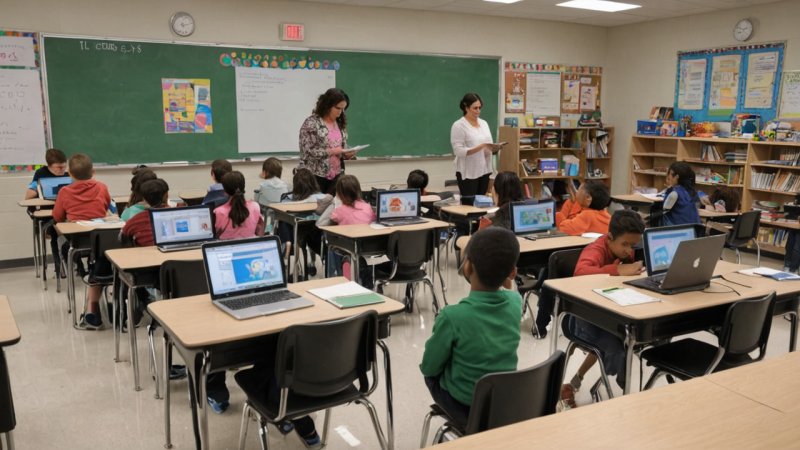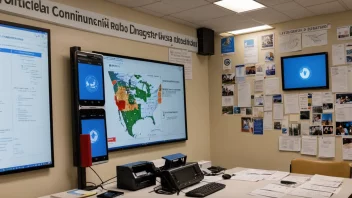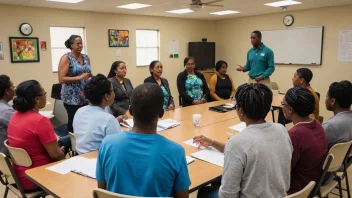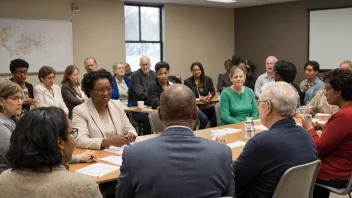In today’s digital age, leveraging technology in literacy education has become increasingly crucial. Digital tools not only provide access to a wealth of resources but also engage learners in innovative ways. Below are some key recommendations on how to effectively use digital tools to enhance literacy education.
1. Interactive E-Books
Utilizing interactive e-books can make reading an engaging experience for learners. These books often include multimedia elements such as videos, animations, and quizzes that promote active engagement with the text.
2. Online Literacy Platforms
Platforms like Raz-Kids and Epic! offer vast libraries of e-books tailored for different reading levels. These tools provide personalized reading experiences and track progress over time, making it easy to identify areas where students may need additional support.
3. Mobile Learning Applications
Mobile apps such as Duolingo and ABCmouse cater to diverse age groups and learning styles. They use gamification to motivate learners, providing a fun and interactive way to improve reading and comprehension skills.
4. Virtual Reading Communities
Joining or creating virtual reading communities through social media platforms can foster a love for reading. Educators and students can share book recommendations, discuss themes, and participate in reading challenges, building a supportive network.
5. Digital Storytelling Tools
Encouraging students to create their own stories using digital storytelling tools like Storybird or WeVideo allows them to express their creativity while practicing literacy skills. This not only enhances their writing abilities but also boosts their confidence in their storytelling capabilities.
6. Online Tutoring Services
Platforms like Khan Academy and Wyzant offer personalized tutoring sessions that can address specific literacy needs. These services connect students with educators who can provide tailored support and resources.
7. Video Resources
Websites such as YouTube have countless educational channels dedicated to literacy. These channels often provide lessons, read-aloud sessions, and tips on improving reading comprehension that can supplement traditional teaching methods.
8. Collaborative Online Projects
Engaging students in collaborative projects using tools like Google Docs or Padlet promotes teamwork and literacy development. They can work together on writing assignments, share feedback, and learn from each other’s insights.
9. Podcasts and Audiobooks
Incorporating podcasts and audiobooks into literacy education can cater to auditory learners. Platforms such as Audible and various podcast apps offer a range of literary content that can enhance listening skills and comprehension.
10. Assessment and Feedback Tools
Utilizing digital assessment tools such as Kahoot! or Quizizz can provide instant feedback on student performance. These platforms offer engaging ways to assess literacy skills and adapt teaching strategies accordingly.
In conclusion, integrating digital tools into literacy education can foster a more engaging and effective learning environment. By leveraging resources such as interactive e-books, online platforms, and collaborative projects, educators can inspire students to develop their literacy skills in innovative ways. Embracing technology not only enhances learning outcomes but also prepares students for a future where digital literacy is essential.






